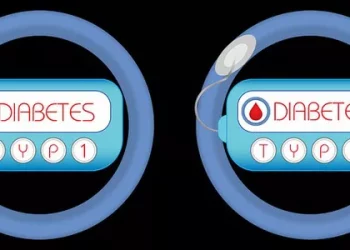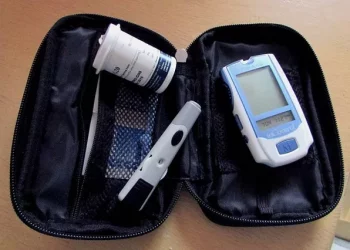Type 5 diabetes, a malnutrition-induced form of the disease, has been officially recognized by the International Diabetes Federation (IDF). This distinct type of diabetes primarily affects lean, undernourished young adults in low- and middle-income regions, often going undiagnosed due to its similarity to other types of diabetes. It is now estimated to impact between 20 and 25 million individuals globally, particularly in Asia and Africa.
What is Type 5 Diabetes?
Type 5 diabetes, also known as malnutrition-related diabetes mellitus or maturity-onset diabetes of the young (MODY), is caused by a reduction in insulin production due to inadequate nutrition. Unlike Type 2 diabetes, which is driven by insulin resistance, Type 5 is marked by insufficient insulin levels. It typically affects individuals with a very low body mass index (BMI) under 18.5 kg/m² and is often found in young adults who have experienced chronic malnutrition.
Key Characteristics of Type 5 Diabetes:
Low BMI: Patients typically have a very low body mass index (<18.5 kg/m²).
Insulin Deficiency: Insulin levels are significantly lower than in Type 2 diabetes, but slightly higher than in Type 1 diabetes.
Malnutrition: Often linked to inadequate intake of essential nutrients like protein, fiber, and micronutrients.
Genetic Mutations: In some cases, genetic mutations contribute to impaired insulin secretion and action.
The Importance of Official Recognition
The IDF’s recognition of Type 5 diabetes is a critical step in addressing a largely overlooked health issue. With the disease affecting millions of people, particularly in low-income regions, this formal acknowledgment will help improve diagnostic accuracy and treatment options. Additionally, the IDF has established a working group to develop specific diagnostic criteria and foster targeted research to better understand and treat the condition.
Comparison with Other Forms of Diabetes
Type 1 Diabetes: Characterized by the autoimmune destruction of insulin-producing cells.
Type 2 Diabetes: Marked by insulin resistance and impaired insulin secretion, often linked to obesity.
Type 3 Diabetes: A secondary form of diabetes caused by hormones, steroids, or pancreatic structural issues.
Type 4 Diabetes: Gestational diabetes, associated with pregnancy.
The recognition of Type 5 diabetes marks a milestone in diabetes research and highlights the urgent need for awareness and proper care for those affected by malnutrition-related insulin deficiencies.
Related topics:
Maternal Diabetes Linked to Increased Risk of Autism and ADHD in Children
Pre-Diabetes Linked to Early Heart Attack and Stroke Risks, Experts Warn

























